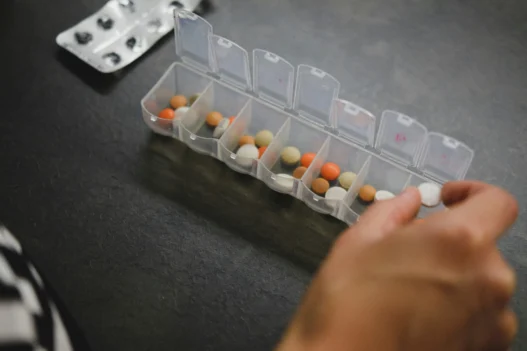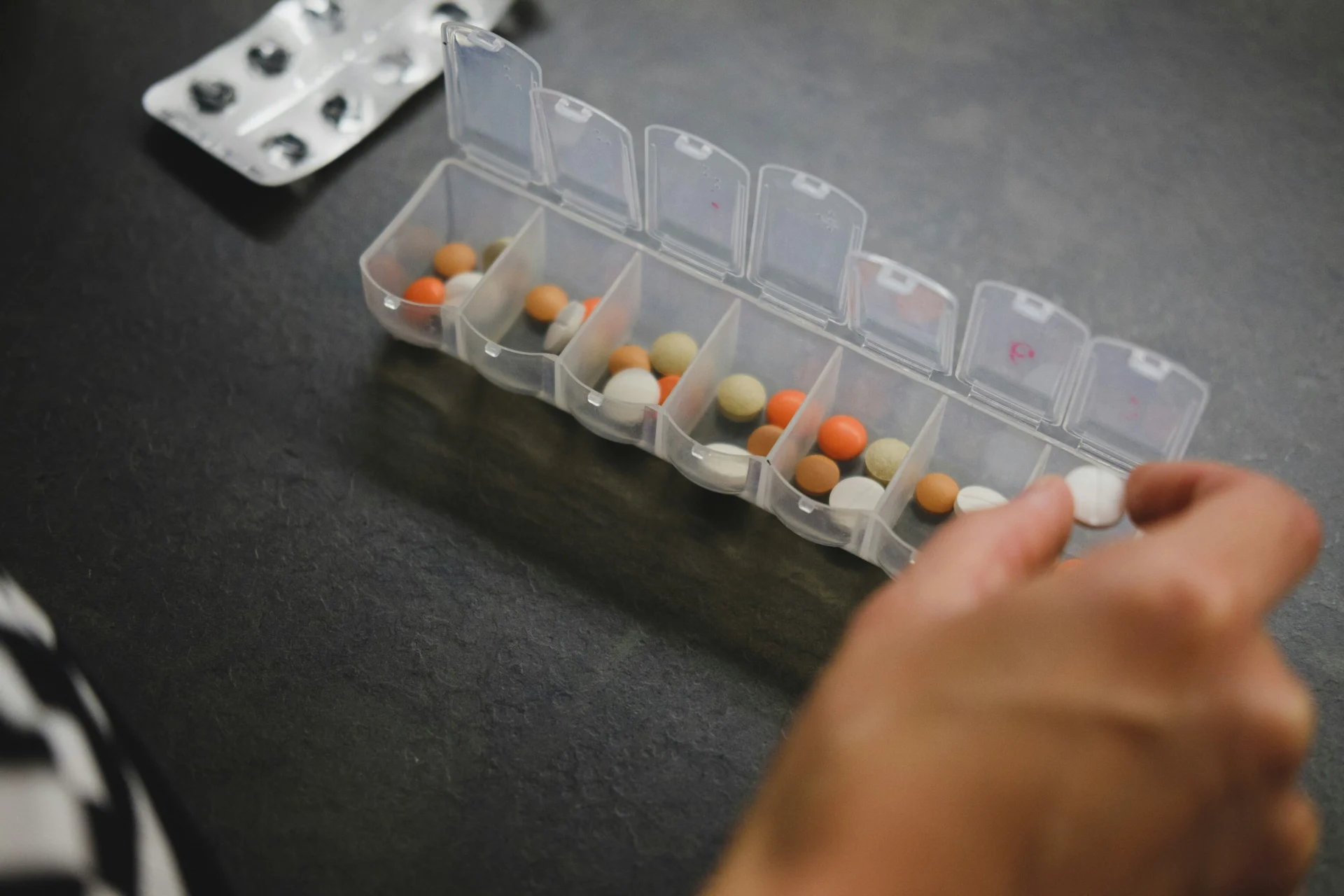ICD-11 code 1G60.2 corresponds to Protothecosis, a rare infection caused by Prototheca spp. Prototheca are achlorophyllous alga-like organisms that can infect both humans and animals. Protothecosis typically presents as a subacute or chronic infection, with symptoms ranging from skin lesions to systemic disease.
Protothecosis can manifest in various forms, including cutaneous, olecranon bursitis, arthritis, tenosynovitis, osteomyelitis, and systemic involvement. Cutaneous protothecosis is the most common presentation, characterized by reddish-brown nodules that may ulcerate and discharge. Systemic protothecosis can be life-threatening, affecting organs such as the liver, spleen, lungs, and central nervous system.
Diagnosis of Protothecosis is challenging and often requires a combination of clinical symptoms, imaging studies, microbiological cultures, and histopathology. Treatment of Protothecosis typically involves antifungal therapy, such as amphotericin B, itraconazole, and voriconazole. Surgical intervention may be necessary in cases of localized disease or complications such as abscess formation.
Table of Contents:
- #️⃣ Coding Considerations
- 🔎 Symptoms
- 🩺 Diagnosis
- 💊 Treatment & Recovery
- 🌎 Prevalence & Risk
- 😷 Prevention
- 🦠 Similar Diseases
#️⃣ Coding Considerations
The equivalent SNOMED CT code for the ICD-11 code 1G60.2, which represents Protothecosis, is 38134008. This specific SNOMED CT code is used to classify the disease caused by Prototheca, a type of algae that can affect both humans and animals. By using the SNOMED CT code 38134008, healthcare professionals can accurately document cases of Protothecosis and facilitate communication between different medical systems. This code allows for the standardized classification of the disease for research, treatment, and epidemiological purposes. It is important for healthcare professionals to be aware of this SNOMED CT code to ensure proper coding, documentation, and tracking of cases of Protothecosis.
In the United States, ICD-11 is not yet in use. The U.S. is currently using ICD-10-CM (Clinical Modification), which has been adapted from the WHO’s ICD-10 to better suit the American healthcare system’s requirements for billing and clinical purposes. The Centers for Medicare and Medicaid Services (CMS) have not yet set a specific date for the transition to ICD-11.
The situation in Europe varies by country. Some European nations are considering the adoption of ICD-11 or are in various stages of planning and pilot studies. However, as with the U.S., full implementation may take several years due to similar requirements for system updates and training.
🔎 Symptoms
Symptoms of 1G60.2 (Protothecosis) typically include various skin manifestations, such as ulcers, redness, swelling, and lesions. These skin lesions can vary in appearance, ranging from small, localized areas to widespread patches on the skin. In addition to skin symptoms, patients with Protothecosis may also experience respiratory issues, such as coughing, difficulty breathing, and chest pain.
Protothecosis can also affect the eyes, leading to symptoms such as redness, pain, blurred vision, and sensitivity to light. In severe cases, the infection may progress to involve deeper tissue layers, leading to more serious symptoms such as organ damage and systemic illness. Patients with compromised immune systems may be at a higher risk of developing severe symptoms of Protothecosis, as their immune response is limited in fighting off the infection.
The diagnosis of Protothecosis is typically made based on clinical symptoms, physical examination findings, and laboratory tests. Skin biopsies may be performed to confirm the presence of Prototheca species in affected tissues. Treatment usually involves antifungal medications, such as amphotericin B or itraconazole, to help control the infection and alleviate symptoms. In some cases, surgical intervention may be necessary to remove infected tissues and prevent the spread of the infection. Early detection and treatment of Protothecosis are crucial in preventing complications and improving patient outcomes.
🩺 Diagnosis
Diagnosis of 1G60.2 (Protothecosis) typically involves a combination of clinical evaluation, laboratory tests, and imaging studies. A thorough physical examination by a healthcare provider is usually the first step in diagnosing Protothecosis. The healthcare provider will look for symptoms such as skin lesions, joint pain, fever, and other signs of infection.
Laboratory tests may be performed to confirm the presence of Prototheca algae in the body. These tests may include blood tests, skin biopsies, or other tissue samples. Culturing samples taken from infected tissues can help identify the specific strain of Prototheca algae causing the infection.
Imaging studies such as X-rays, CT scans, or MRI scans may be ordered to help visualize any abnormalities in the affected tissues. These imaging studies can help healthcare providers evaluate the extent of the infection and its impact on surrounding tissues. In some cases, imaging studies may reveal abscesses or other complications associated with Protothecosis.
💊 Treatment & Recovery
Treatment for 1G60.2 (Protothecosis) typically involves a combination of antifungal medications, surgical intervention, and supportive care. Antifungal medications such as amphotericin B, itraconazole, and fluconazole are commonly used to treat protothecosis infections. These medications work to inhibit the growth and spread of the prototheca organisms in the body.
In severe cases of protothecosis, surgical intervention may be necessary to remove infected tissues or organs. This may include debridement of infected skin and soft tissue, or in more extreme cases, organ removal such as excision of infected joints or amputation of limbs. Surgical intervention is often performed in conjunction with antifungal therapy to help ensure complete eradication of the infection.
Supportive care is an important aspect of treatment for patients with protothecosis, as the infection can cause significant damage to tissues and organs. This may include wound care, pain management, and nutritional support to help the body heal and recover from the infection. Close monitoring of the patient’s condition is essential to assess the effectiveness of treatment and make any necessary adjustments to ensure the best possible outcome for the patient.
🌎 Prevalence & Risk
In the United States, 1G60.2 (Protothecosis) is considered a rare infection caused by Prototheca, a type of single-celled algae. The prevalence of this disease is difficult to determine due to its rarity and the lack of mandatory reporting requirements. Cases have been reported in various states, but overall, the incidence is low compared to other fungal infections.
In Europe, cases of Protothecosis are also rare, with sporadic reports occurring mainly in immunocompromised individuals. The prevalence in Europe is believed to be similar to that in the United States, with isolated cases reported in different countries. Due to the limited data available, it is challenging to estimate the exact burden of Protothecosis in the European region.
In Asia, Protothecosis is more commonly reported, particularly in countries with tropical climates. The prevalence of 1G60.2 in Asia is higher compared to the United States and Europe, likely due to environmental factors that promote the growth of Prototheca algae. Cases have been documented in regions such as Japan, India, and Australia, but the overall burden of Protothecosis in Asia remains relatively low compared to other infectious diseases.
In Africa, cases of Protothecosis are rarely reported, and the prevalence of 1G60.2 in this region is not well-established. Limited research has been conducted on Protothecosis in African countries, making it challenging to assess the true burden of the disease. More studies are needed to understand the epidemiology and distribution of Protothecosis in Africa and other regions across the globe.
😷 Prevention
Protothecosis is a rare infection caused by the algae Prototheca. While there is no vaccine available to prevent this disease, there are measures that can be taken to reduce the risk of infection.
One important way to prevent protothecosis is to avoid contact with contaminated water sources. This includes swimming or bathing in ponds, lakes, or other bodies of water that may harbor the algae. It is also recommended to avoid consuming raw or undercooked seafood that may be contaminated with Prototheca.
Additionally, individuals with compromised immune systems should take extra precautions to prevent protothecosis. This may include avoiding contact with animals that may carry the algae, such as farm animals or pets. It is also important to maintain good hygiene practices, such as washing hands thoroughly after handling animals or being in contact with potentially contaminated water sources.
🦠 Similar Diseases
Protothecosis, identified by the ICD-10 code 1G60.2, is a rare infection caused by Prototheca species, which are achlorophyllic algae. While protothecosis is the most commonly known disease associated with Prototheca species, there are other illnesses related to these organisms. One such disease is granulomatous amoebic encephalitis, which is caused by Acanthamoeba and Balamuthia species. This disease primarily affects immunocompromised individuals and can result in severe neurological complications.
Another disease with similarities to protothecosis is keratitis caused by Acanthamoeba species. Acanthamoeba keratitis is a rare but serious infection of the cornea that can lead to permanent vision loss if left untreated. Similar to protothecosis, this disease primarily affects individuals with compromised immune systems or those who wear contact lenses. The clinical presentation of Acanthamoeba keratitis can resemble that of fungal or bacterial keratitis, making it essential for accurate diagnosis and prompt treatment.
Additionally, disseminated cryptococcosis caused by Cryptococcus species can exhibit similarities to protothecosis. Disseminated cryptococcosis is a systemic fungal infection that can affect various organs, including the lungs, central nervous system, and skin. Like protothecosis, disseminated cryptococcosis is more likely to occur in individuals with weakened immune systems, such as those with HIV/AIDS or undergoing immunosuppressive therapy. The diagnosis of disseminated cryptococcosis often requires a combination of clinical suspicion, imaging studies, and laboratory tests to identify the causative organism.

